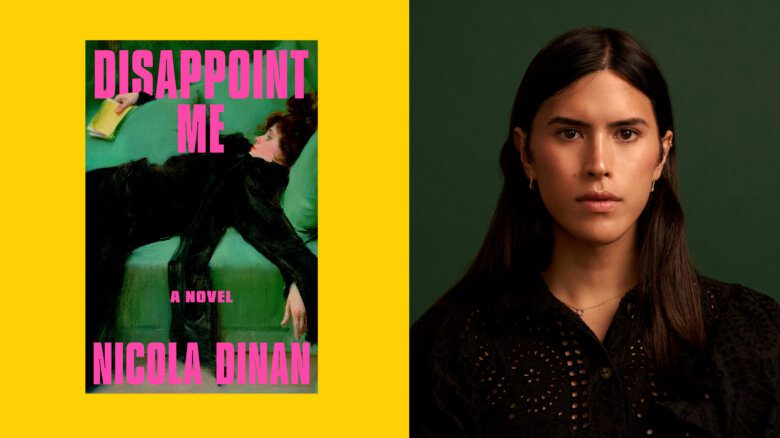When The Greater Drag King Society performed “The Village Peep-Hole” at Woody’s way back in 1995, I saw dozens of other men in the audience getting off on what I thought was my secret fantasy – a strap-on swinging, uniformed, butch lesbian.
I no longer felt alone.
DK was founded in 1995 by Rose Perri and Joy Lachica in Toronto. (Last week, Lachica re-united many of the original members for two New York City performances.) The group was composed of women who perform drag, female-to-male and female-to-female. I was unofficially the only male in the troupe, probably because they mistook me for a lesbian.
I was at the very first meeting and at their final performance. My job was to PR them into household names. For a budding publicist it was a huge job, but for a size queen, I was creaming with excitement at the prospect of their massive dildo collection.
Within months, DK did become household names: Articles in Maclean’s magazine stated that DK were “taking their place in the cultural landscape of Canada;” Much Music VJ Monika Deol gushed over them on national TV; the Toronto Sun ran a photo, twice, of DK in the men’s washroom at Maple Leaf Gardens; and then there was the infamous Breakfast Television appearance that was almost cancelled when the producer worried for the children in the audience after seeing that Lachica was packin’ a rather large dildo.
With sold out live performances at El Convento Rico and the Opera House, a number of film appearances and numerous media gigs, success helped break up the troupe of strong personalities – just like the Spice Girls. After only six months, DK disbanded.
But why did it take until 1995 for drag kings to finally hit the mainstream when drag queens have enjoyed the spotlight for so long? I asked Romy Shiller, a former DK member who wrote her doctoral dissertation on exploring cross-dressing, drag, gender performance and camp and is currently teaching a course on the subject at the University Of Western Ontario.
“There has been a demonization of woman performing female-to-male drag, which includes the notion of lesbians wanting to be like men,” says Shiller. “When ‘Lesbian Chic’ surfaced in the mid ’90s, the media finally latched onto the gender play that was already being experimented with in queer culture.
“But most people still have ambivalent reactions to female gender play.”
More theatrical and critical, DK was different from most drag king performances of today. At their first meeting, amid moustache and wig horror stories, the drag kings constructed their mission statement. It read: “DK was founded to mobilize women with an interest in drag, to perform within the context of camp and humour in masquerade. Through the medium of drag, be they female-female, or female-male caricatures, DK attempts to deconstruct gender and satirize extremes in male and female gender roles, behaviour and stereotypes.”
“DK was not about cross-dressing or putting on the clothes of what is perceived to be the opposite gender,” Shiller explains. “It was about exploding the myths associated around femininity and masculinity. Even ideas about butch and femme are no longer adequate to signify what DK did. The fluidity of gender and sexuality in their performance was evident. “
Usually, people don’t realize the difference between cross-dressing and drag. “Cross-dressing relates more to traditional forms of parody; ie, Tootsie or Pepsi. While drag involves layering the codes for gender in a more complex fashion; ie, Priscilla or Mama Dominatrix.”
Most would agree that drag king performance, and certainly DK, represents a theoretical re-visioning by highlighting what used to be the hidden queer subtext in TV and films that we all watched as kids and related to.
What can we expect next in the evolution of drag? “I am interested in the different ways that human, animal and technology intersect, connect and combine to create new forms and ideas about identity such as cyborg drag and cross-species-dressing,” says Dr Shiller.
 Why you can trust Xtra
Why you can trust Xtra


